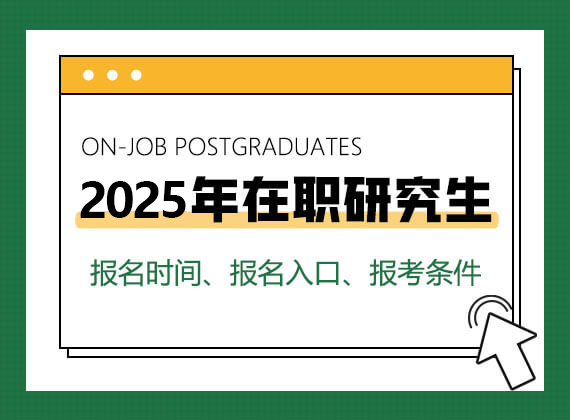同等學(xué)力申碩英語閱讀理解日常練習(xí)
來源:在職研究生招生信息網(wǎng) 發(fā)布時間:2015-05-20 15:41:46
Flatfish, such as the flounder, are among the few vertebrates that lack approximate bilateral symmetry (symmetry in which structures to the left and right of the body’s midline are mirror images). Most striking among the many asymmetries evident in an adult flatfish is eye placement: before maturity one eye migrates, so that in an adult flatfish both eyes are on the same side of the head. While in most species with asymmetries virtually all adults share the same asymmetry, members of the starry flounder species can be either left-eyed (both eyes on the left side of head) or right-eyed. In the waters between the United States and Japan, the starry flounder populations vary from about 50 percent left-eyed off the United States West Coast, through about 70 percent left-eyed halfway between the United States and Japan, to nearly 100 percent left-eyed off the Japanese coast.
Biologists call this kind of gradual variation over a certain geographic range a “cline” and interpret clines as strong indications that the variation is adaptive, a response to environmental differences. For the starry flounder this interpretation implies that a geometric difference (between fish that are mirror images of one another) is adaptive, that left-eyedness in the Japanese starry flounder has been selected for, which provokes a perplexing question: what is the selective advantage in having both eyes on one side rather than on the other?
The ease with which a fish can reverse the effect of the sidedness of its eye asymmetry simply by turning around has caused biologists to study internal anatomy, especially the optic nerves, for the answer. In all flatfish the optic nerves cross, so that the right optic nerve is joined to the brain’s left side and vice versa. This crossing introduces an asymmetry, as one optic nerve must cross above or below the other. G. H. Parker reasoned that if, for example, a flatfish’s left eye migrated when the right optic nerve was on top, there would be a twisting of nerves, which might be mechanically disadvantageous. For starry flounders, then, the left-eyed variety would be selected against, since in a starry flounder the left optic nerve is uppermost.
The problem with the above explanation is that the Japanese starry flounder population is almost exclusively left-eyed, and natural selection never promotes a purely less advantageous variation. As other explanations proved equally untenable, biologists concluded that there is no important adaptive difference between left-eyedness and right-eyedness, and that the two characteristics are genetically associated with some other adaptively significant characteristic. This situation is one commonly encountered by evolutionary biologists, who must often decide whether a characteristic is adaptive or selectively neutral. As for the left-eyed and right-eyed flatfish, their difference, however striking, appears to be an evolutionary red herring.
1. According to the text, starry flounder differ form most other species of flatfish in that starry flounder
[A] are not basically bilaterally symmetric.
[B] do not become asymmetric until adulthood.
[C] do not all share the same asymmetry.
[D] have both eyes on the same side of the head.
2. Which of the following best describes the organization of the text as a whole?
[A] A phenomenon is described and an interpretation presented and rejected.
[B] A generalization is made and supporting evidence is supplied and weighed.
[C] A contradiction is noted and a resolution is suggested and then modified.
[D] A series of observations is presented and explained in terms of the dominant theory.
3. The text supplies information for answering which of the following questions?
[A] Why are Japanese starry flounder mostly left-eyed?
[B] Why should the eye-sidedness in starry flounder be considered selectively neutral?
[C] Why have biologists recently become interested in whether a characteristic is adaptive or selectively neutral?
[D] How do the eyes in flatfish migrate?
4. Which of the following is most clearly similar to a cline as it is described in the second paragraph of the text?
[A] A vegetable market in which the various items are grouped according to place of origin.
[B] A wheat field in which different varieties of wheat are planted to yield a crop that will bring the maximum profit.
[C] A flower stall in which the various species of flowers are arranged according to their price.
[D] A housing development in which the length of the front struts supporting the porch of each house increases as houses are built up the hill.
5. Which of the following phrases from the text best expresses the author’s conclusion about the meaning of the difference between left-eyed and right-eyed flatfish?
[A] “Most striking” (line 3, paragraph 1)
[B] “variation is adaptive” (line 2, paragraph 2)
[C] “mechanically disadvantageous” (line 7, paragraph 3)
[D] “evolutionary red herring” (line 9, paragraph 4)
參考答案:CABDD





















